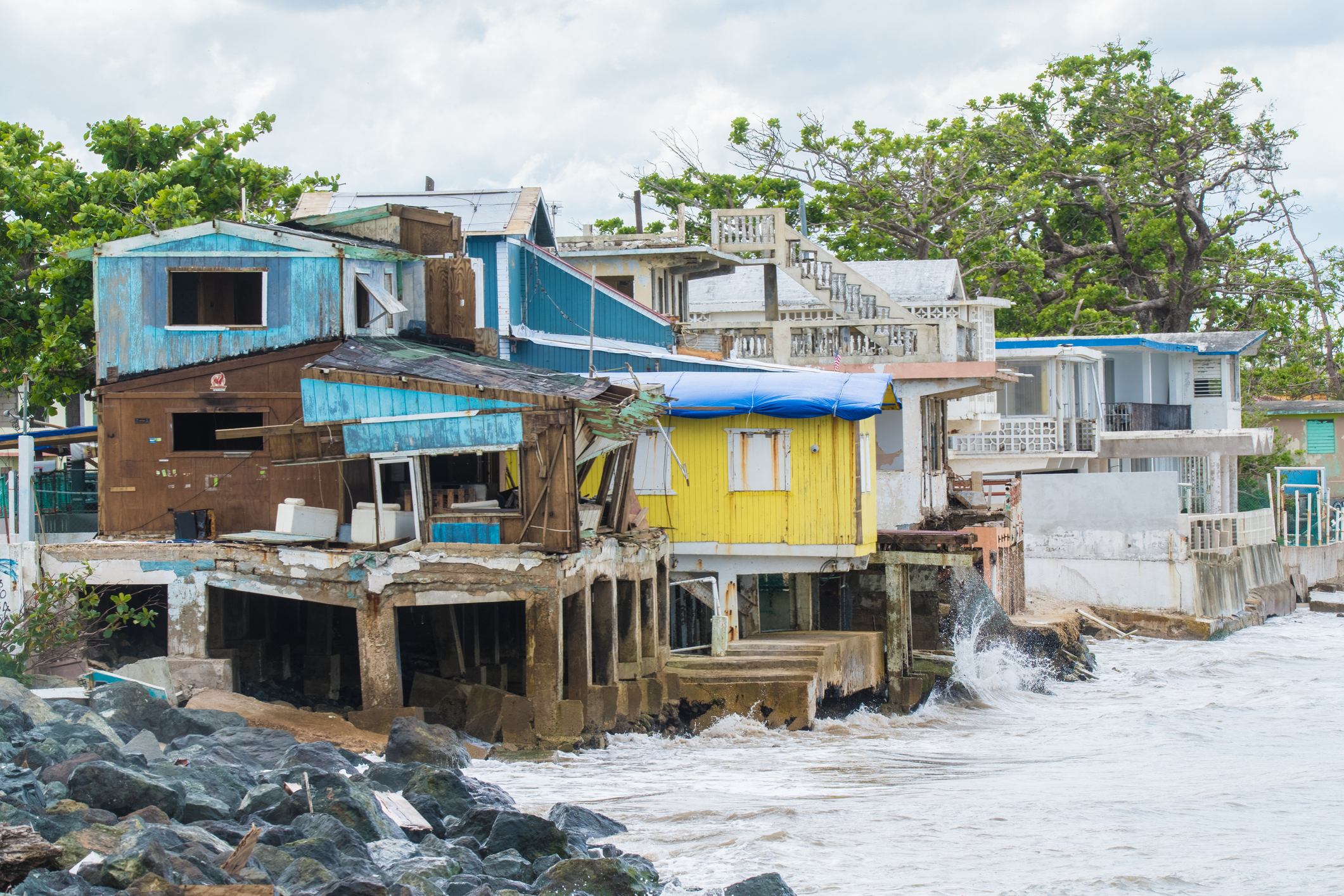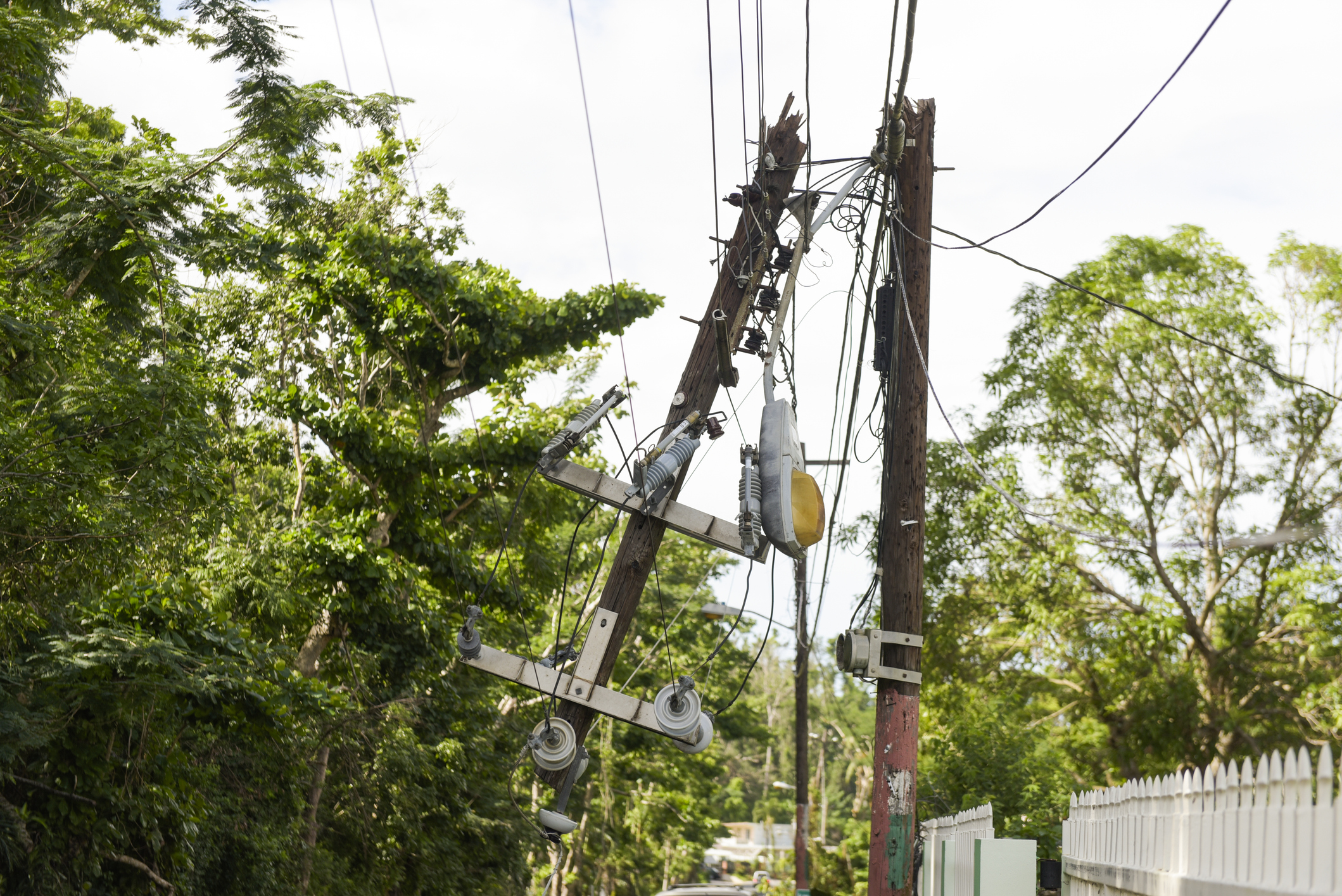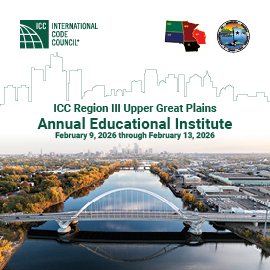
NIST Releases Preliminary Findings on Hurricane Maria
Preliminary findings from NIST’s investigation into the impacts of Hurricane Maria reveal the most dangerous conditions created by the storm were not at the time of landfall, but rather in the days and weeks following.
On July 14, 2025, the National Institute of Standards and Technology (NIST) released the initial findings of its investigation into Hurricane Maria’s impact on the U.S. (note the final report is not slated to be published until 2026). While these preliminary findings are therefore subject to change, the International Code Council expects several key recommendations to intersect directly with our mission and existing building codes.
Preliminary findings reveal that infrastructure vulnerabilities tied to building performance played a crucial role in the storm’s devastating aftermath, causing damage to the built environment across impacted areas.

Investigation Overview
According to NIST, the investigation is wide-ranging and includes hundreds of interviews. Sources of key information included:
- Reconnaissance of the island
- Detailed map of wind speeds during the hurricane
- Long-term measurements of wind speeds at cell towers
- Wind tunnel tests
- Interviews with emergency communicators
- Interviews with family members of the deceased
- Interviews with shipping and transportation sector representatives
- Interviews with infrastructure officials, and others
- Survey data from 1,500 households
- Survey data from 450 businesses
- Survey data from 300 schools
- Survey data from 16 hospitals
Preliminary Findings
The preliminary findings noted that “landslides, collapsed bridges and fallen trees blocking roads kept people from getting help. Such road disruptions were estimated to have cut off hospital access for just over half of the population immediately following the hurricane. Many patients sought medical care at multiple places before receiving treatment. After arriving at hospitals, patients encountered additional disruptions in care from hospital buildings that were damaged, flooded and without electrical power.”
The investigation also found that “95.3 percent of schools lost power, for an average of over 100 days. Lack of potable water was also an issue for school recovery. One school emphasized that students needed to bring their own water because the school’s water was not safe to drink.”
The preliminary findings emphasize that building resiliency, updated emergency preparedness plans and improved communication protocols can all help mitigate the impacts of natural disasters.

Relevant Code Recommendations
Recommendations from the Hurricane Maria Program are expected to result in:
- Wind Speed Standards: New building standards should account for faster wind speeds in areas with mountainous terrain.
- Storm Shelter and Refuge Standards: Updated storm shelter requirements should align with the Code Council’s ANSI/ICC 500-2023 ICC/NSSA Standard for the Design and Construction of Storm Shelters.
- Critical Facility Resilience Measures: Reliable backup power is necessary for hospitals and other critical facilities to maintain services during and after hurricanes. Requiring standby generators will ensure essential services such as elevators and air-conditioning remain in operation.
These preliminary recommendations are a direct correlation between the implementation of the International Codes® and disaster mitigation. Continued collaboration between the Code Council and NIST will help ensure future resilience in hurricane-prone regions.
Access the early findings and find more information about the NIST investigation here.
View the International Code Council’s Hurricane Resources and Information webpage here.







